On my recent trip to Miniatur Wunderland in Hamburg, I found so much more than just trains. The level of detail in every tiny scene—from bustling airports to lively cities—kept grabbing my attention and honestly made the whole experience unforgettable.
Every display bursts with creative surprises that stretch far beyond model railways. It’s the sort of place where you keep noticing new things, even after several hours.
As someone who loves travel and hunting for hidden gems, I consider Miniatur Wunderland a true highlight in Hamburg. I noticed seven details during my visit that really stood out. These details revealed just how much thought and imagination the creators poured into making this one of Germany’s top attractions.
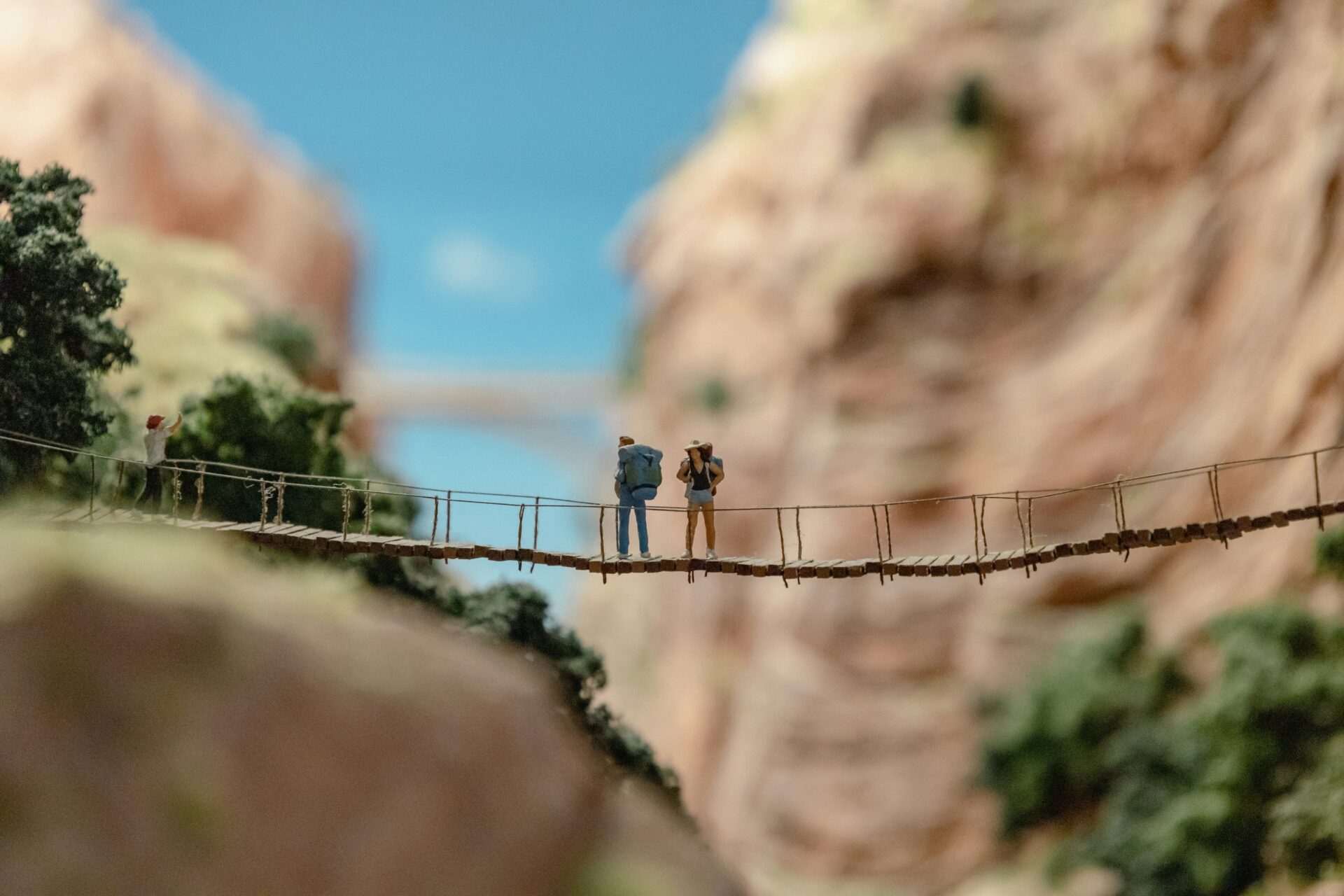
Spectacular World of Model Railways
Miniatur Wunderland truly stands out for its record-breaking size, realistic train displays, and lifelike miniature cities. The engineering blew me away, and the meticulous work in every scene left me in awe.
I wandered through the interactive city of Knuffingen, and I couldn’t help but admire the creativity at every turn.
Largest Model Railway Display
The moment I walked in, the sheer scale hit me. The model railway covers over a third of an acre, with more than 10 miles of track. That’s enough to make it the largest model railway in the world.
The display winds through themed regions like America, Scandinavia, and Italy. Trains glide along intricate routes, stopping at busy stations, weaving through mountains, and crossing bridges.
For a sense of scale, here’s a quick breakdown:
| Feature | Amount |
|---|---|
| Total Track Length | 10+ miles |
| Number of Trains | Nearly 1,000 |
| Layout Area | 1,500 m² |
| Visitors per Year | 1 million+ |
You’re basically watching a living map, kept running by a team that maintains and expands the network every day.
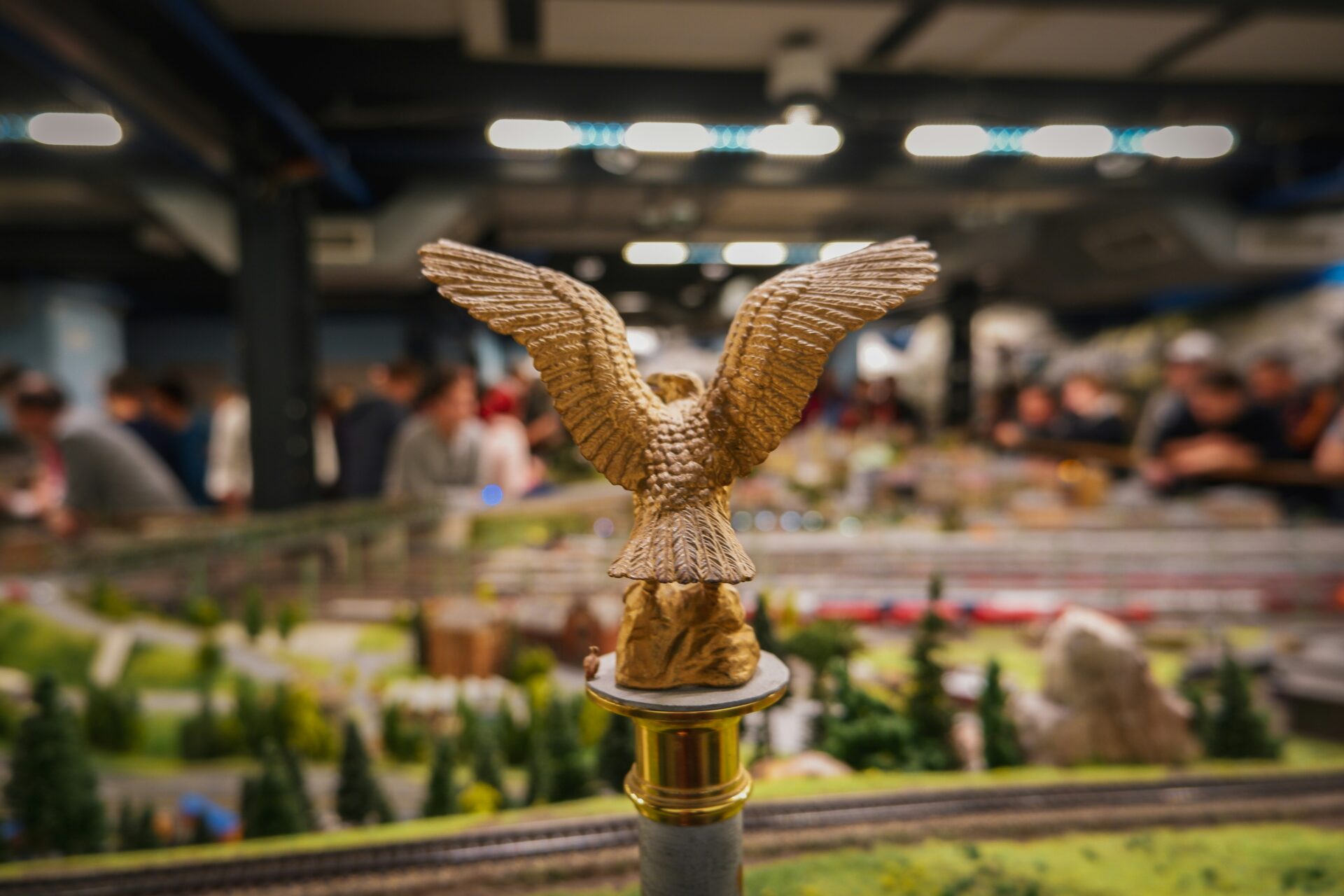
Attention to Detail in Train Scenes
Every scene at Miniatur Wunderland pops with realism and creativity. I watched tiny figures waiting at train stations, emergency crews handling accidents, and rowdy crowds at a soccer match.
The lights shift from night to day every 15 minutes. Streetlights, building windows, and car headlights flicker on and off automatically, making the whole landscape come alive.
Some of my favorite details:
- Moving vehicles: Cars, buses, and fire trucks drive their own routes thanks to clever tech.
- Weather effects: Some scenes even have simulated rain or snow.
- Hidden surprises: If you look closely, you’ll spot jokes, Easter eggs, and funny scenes tucked away.
I felt like I was peeking into real lives, not just looking at models.

Knuffingen: A Miniature City in Action
Knuffingen quickly became one of my favorite spots to explore. This fully functioning model city has over 10,000 hand-painted residents, each placed in everyday situations.
The city’s airport features planes that taxi, take off, and land. Roads are full of self-driving cars and delivery vans obeying virtual traffic signals. I watched fire trucks rush to simulated emergencies, and the city responded in real time.
Shops, homes, and parks fill the city blocks. Each area reflects real city life—busy sidewalks, outdoor cafes, parks full of people. Knuffingen’s dynamic energy and attention to daily details gave me a new respect for the artistry and tech behind Miniatur Wunderland.
Miniature Airports and Interactive Wonders
Miniatur Wunderland isn’t just about trains. There’s an entire miniature airport, working vehicles, and even a model public transport system. The moving parts and clever technology blew me away.
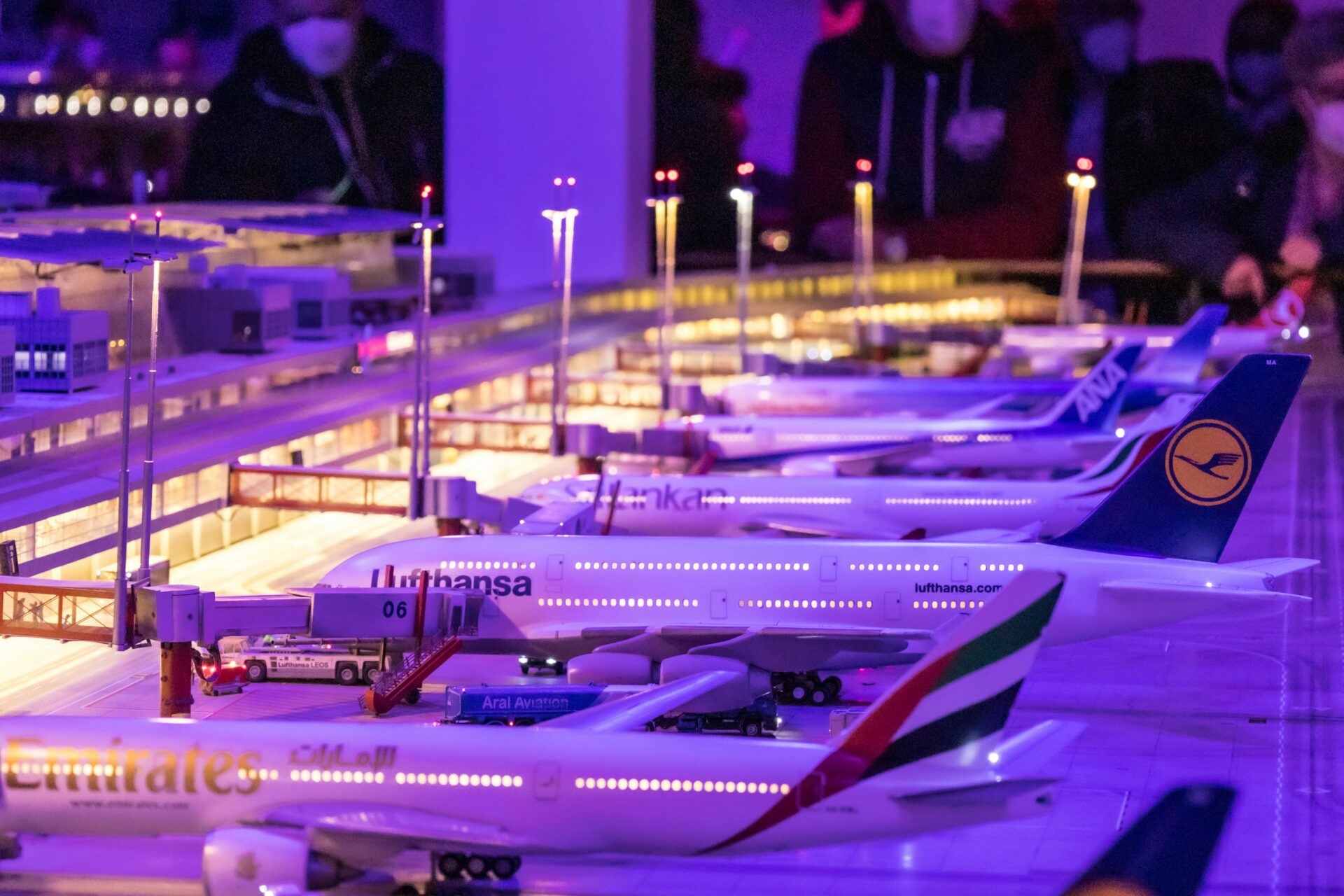
Knuffingen Airport: Planes on the Move
Knuffingen Airport isn’t just a model—it’s a full-on simulation of a real airport. I watched tiny aircraft taxi to and from the gates. Planes “take off” and “land” on runways, using hidden tracks and smart controls.
The airport covers about 150 square meters and took years to complete. Service vehicles roll across the tarmac, delivering luggage and fuel to the planes. The terminal buzzes with miniature passengers, airport workers, and tiny shops.
They modeled Knuffingen Airport after Hamburg’s real airport. The lighting shifts from day to night, and vehicles follow realistic routes. Watching a whole day of air travel in just a few minutes gave me a new appreciation for how busy airports really are.
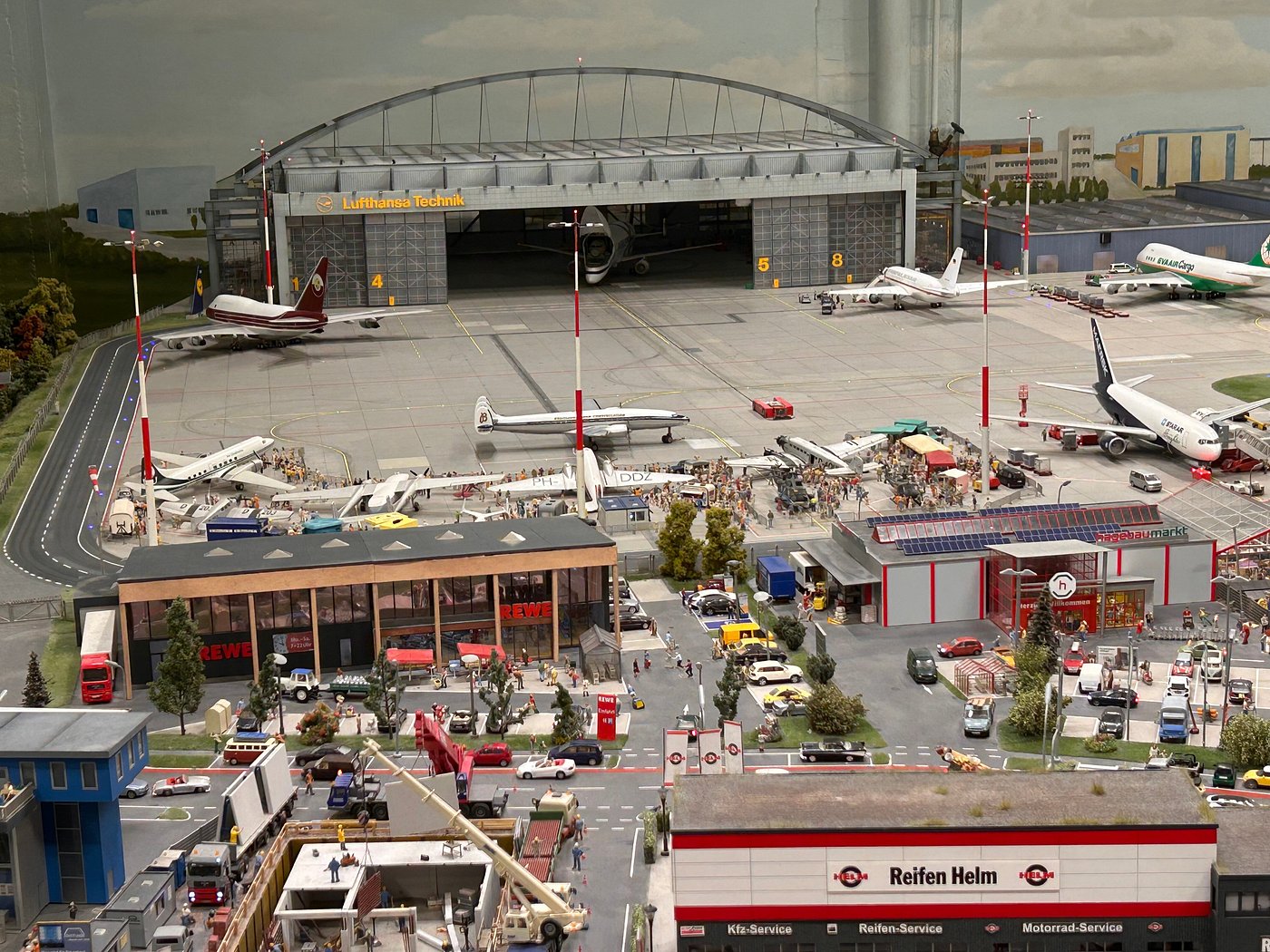
Dynamic Miniature Airport Operations
The airport runs on advanced digital tech. More than a hundred flights get simulated each “day,” and everything—from baggage handling to plane refueling—happens automatically. I grinned watching planes pushed back from the gate by tiny tow tractors.
Here are a few details that stood out:
- Over 40 aircraft glide smoothly on synchronized tracks.
- Runway lights blink realistically, and taxiway traffic follows actual airport rules.
- Airport staff and service vehicles spring into action if a plane “lands” or “arrives”—just like the real thing.
I even caught a miniature fire truck racing out for a drill. Interactive buttons let visitors trigger special scenarios, so you can see just how much planning goes into every scene.
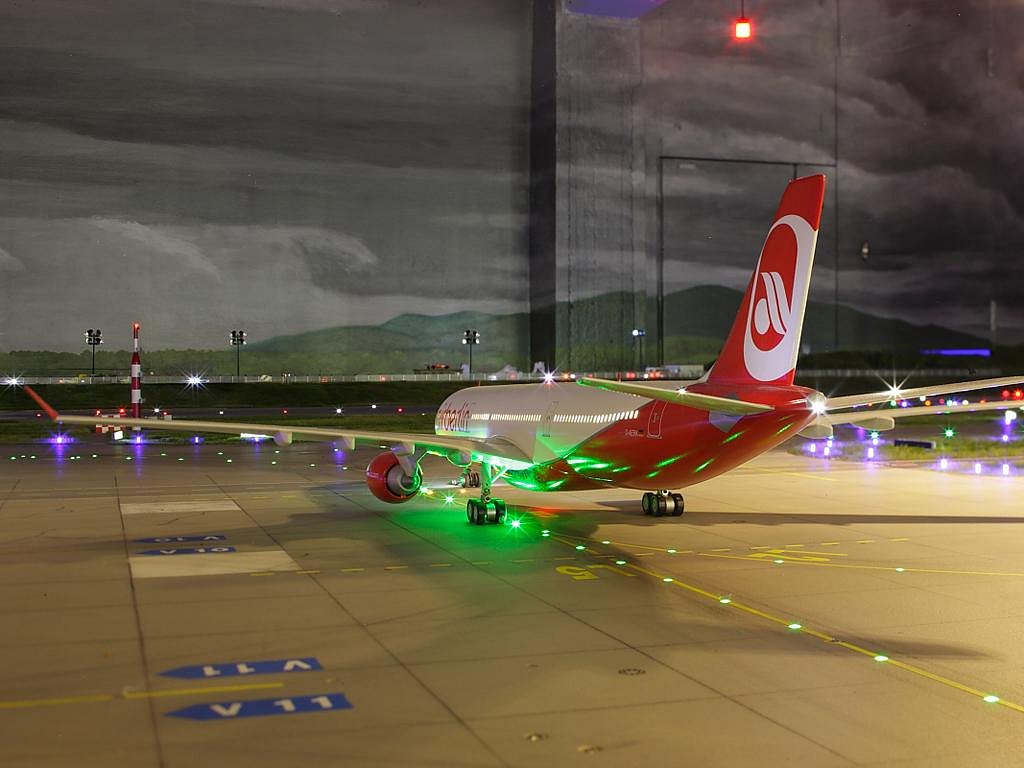
Realistic Public Transport in Miniature
It’s not just airports and airplanes—Miniatur Wunderland also features a full public transport system. I spotted buses, commuter trains, and even taxis running through towns and around the airport. Everything runs on digital schedules, stopping at model stations and city squares.
I watched tiny passengers boarding bus lines from airport terminals. Trams and subways weave through tunnels, bridges, and platforms. The city scenes include bus stops, waiting shelters, and working traffic signals.
Seeing how public transit connects with the airport made me realize the designers recreated a working city, not just a train set. The transport system ties everything together and makes the display feel like a real, bustling place.

Immersive Global Destinations in Miniature
Miniatur Wunderland showcases realistic models of famous places from all over the world. Each display uses detailed scenes, architecture, and tiny figures to transport you across continents without ever leaving Hamburg.
Scandinavia’s Frozen Landscapes
The Scandinavia section drew me in with its snowy mountains, icy fjords, and wooded villages. Small fishing boats sit in frozen harbors, and even northern lights glow above the white landscape.
Tiny houses and colorful cottages line snow-covered streets. I spotted skiers using ski lifts on detailed slopes and reindeer and moose tucked into the forests. There’s even a cruise ship slicing through icy waters. The whole scene just feels cold and bright, like winter up north.
Designers used fiber optics to light up the aurora borealis at night. The attention to weather, seasonal changes, and even ice crack patterns makes this area feel alive.
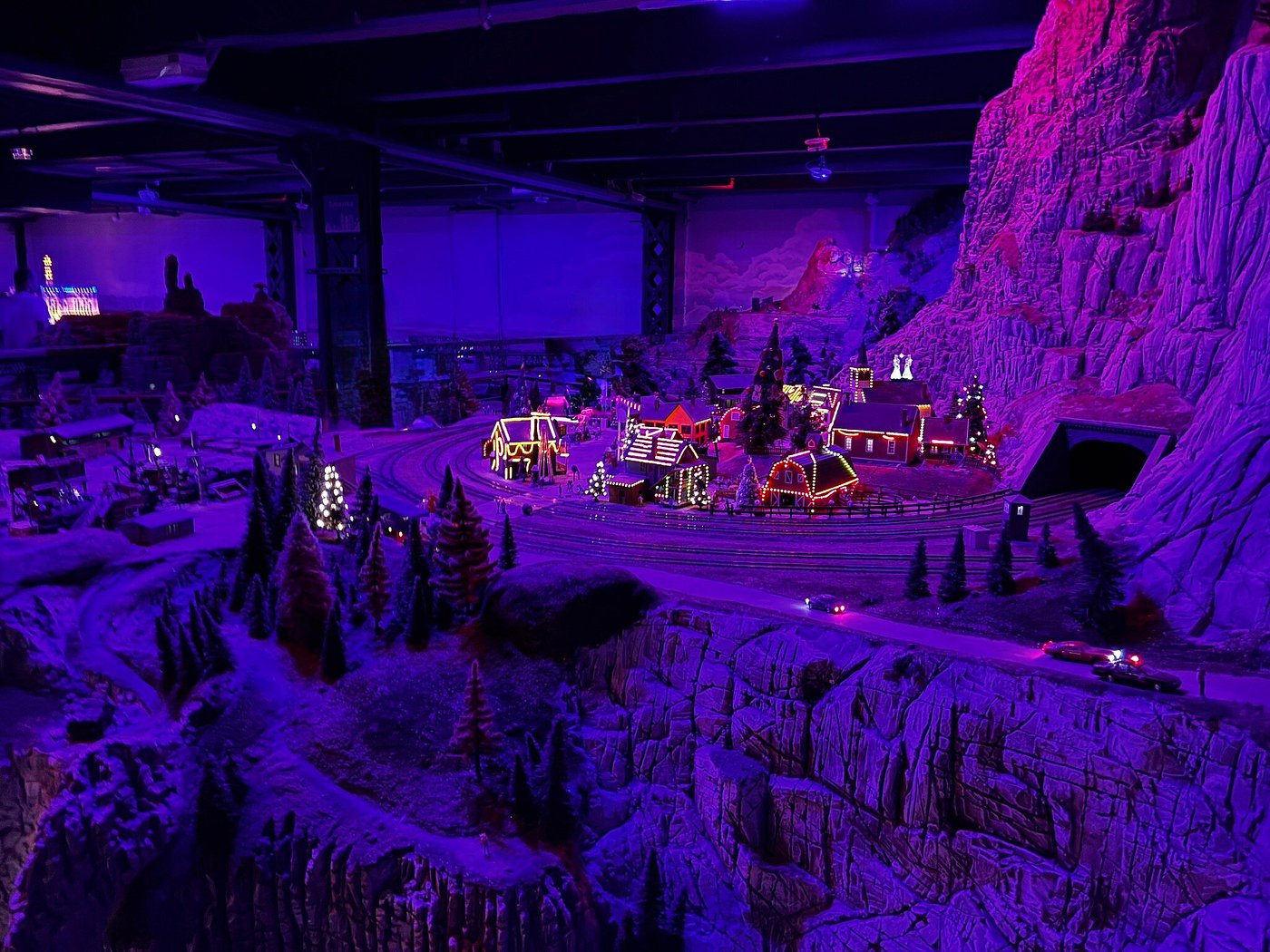
Venice’s Canals and Architecture
In the Venice model, narrow canals wind through the city, crossed by small bridges. I noticed gondolas drifting by, with tiny figures holding their long poles. The doges’ palaces and St. Mark’s Basilica are recreated with fine stonework and real glass windows.
Plazas fill with tourists, and little market stalls sell everything from fruit to art. Even the laundry hanging from windows made me smile—it hints at daily life in Venice.
Detailed street lamps line the canals, and the reflections in the water mimic the city’s real look. I loved how the light and shadows danced on the miniature marble buildings.
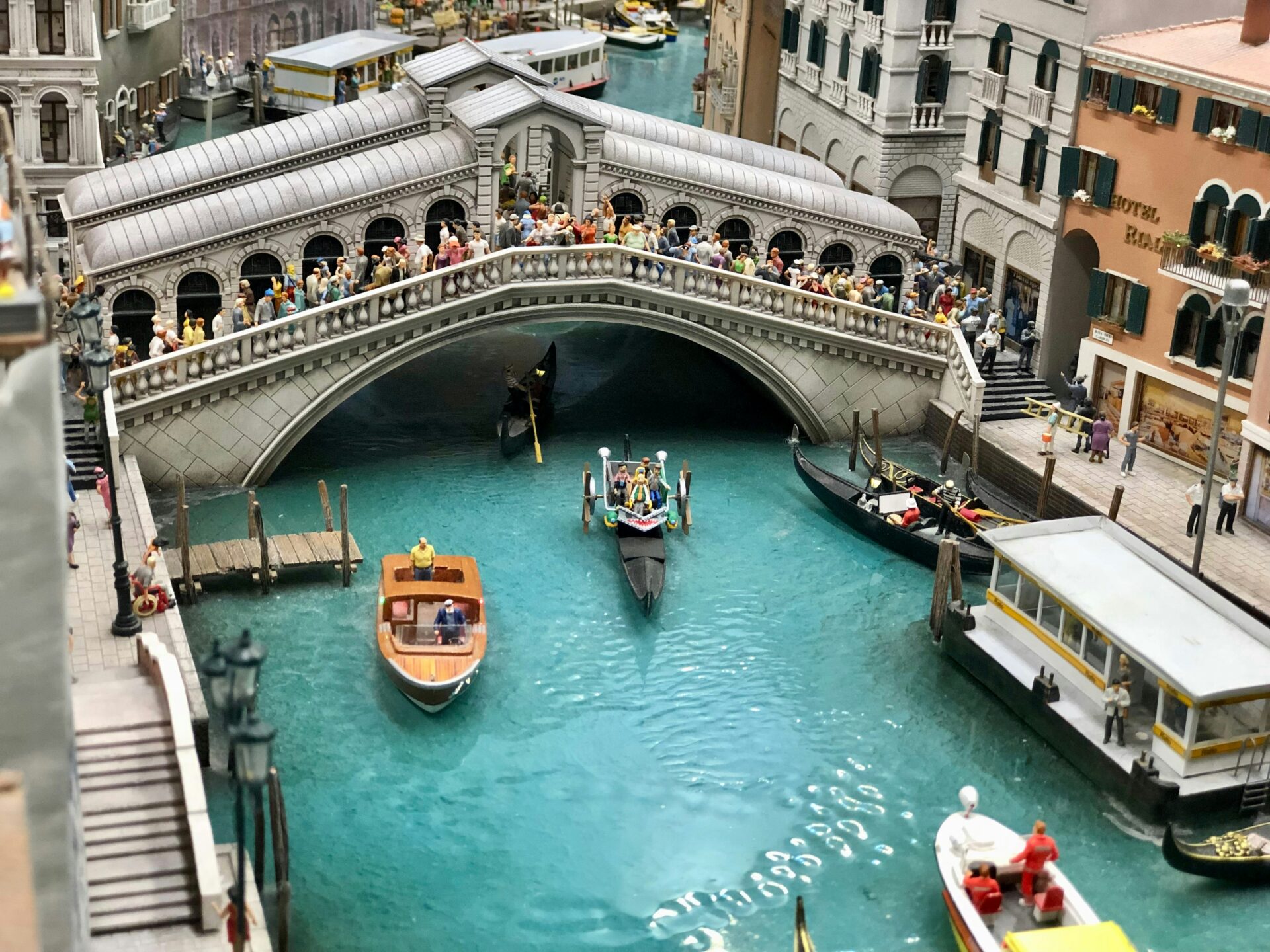
Vibrant Las Vegas Strip
The Las Vegas section explodes with neon and movement, capturing the city’s constant buzz. I spotted miniature versions of hotels like the Bellagio and Luxor, each with working lights and familiar signs.
Tiny cars cruise along the replica Strip, and little tourists line up for shows. Crowds gather to watch fountain displays, slot machines flash inside open casinos, and a mini wedding chapel waits for visitors.
At night, the models glow in bright colors. Designers added small shows and flashing billboards, making the scene lively and true to the city’s spectacle.
Unbelievable Details Beyond the Trains
Miniatur Wunderland is packed with features that go way beyond trains. The attention to detail in every corner, plus the clever use of technology and creativity, makes the scenes feel truly alive.
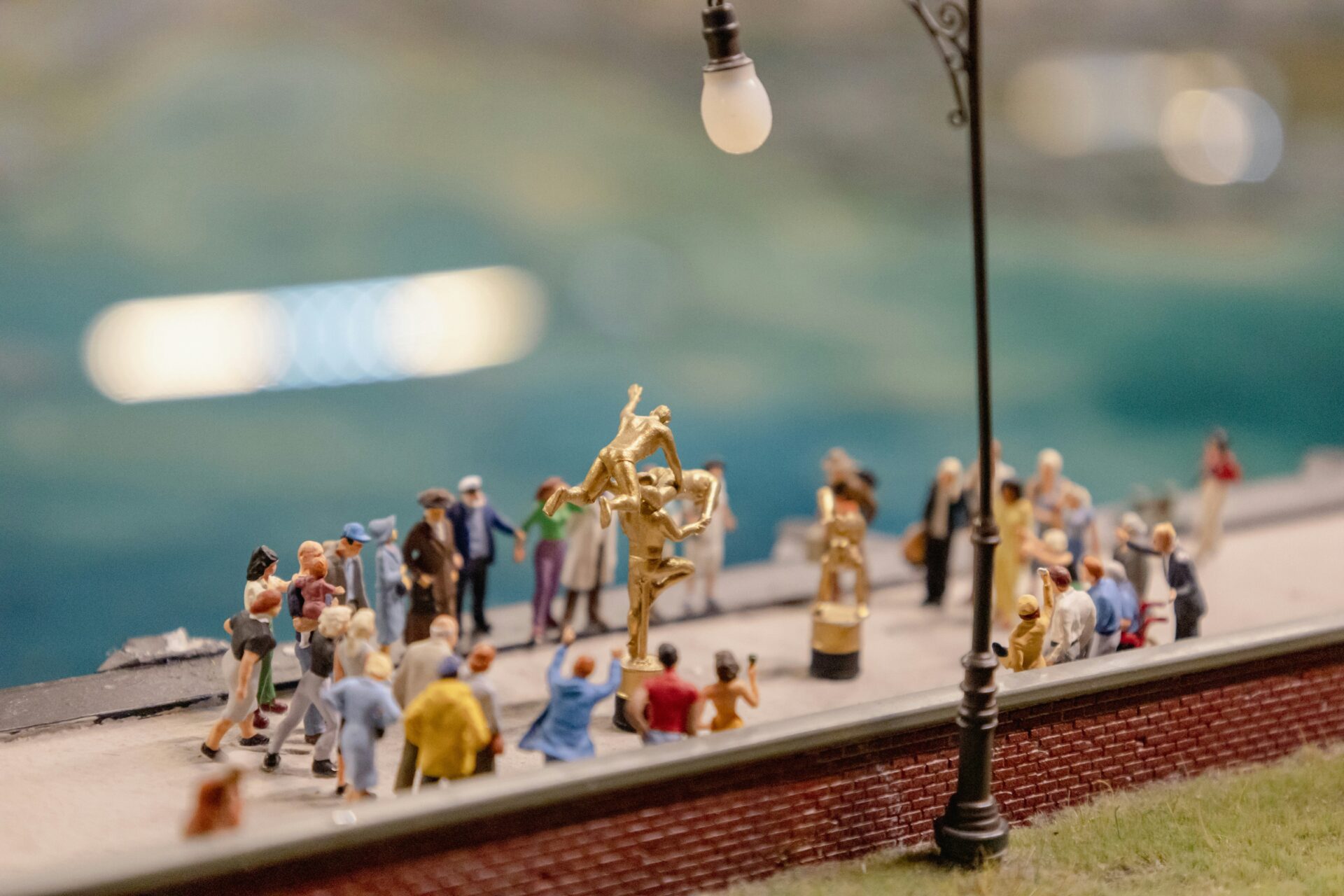
Lifelike Day and Night Cycles
One of the first things I noticed was the realistic day and night cycle. The model doesn’t just stay lit—lights brighten and dim across the landscape, mimicking sunrise, sunset, and nighttime. In just a few minutes, I watched different areas shift from daylight to nighttime.
Buildings and streetlights switch on as darkness falls, just like in a real city. This makes the tiny towns and cities look even more alive and immersive.
I noticed tiny headlights on cars and flickering lights in houses. Watching trains run at dusk with glowing lights felt almost magical. All of this happens thanks to smart engineering and careful programming.
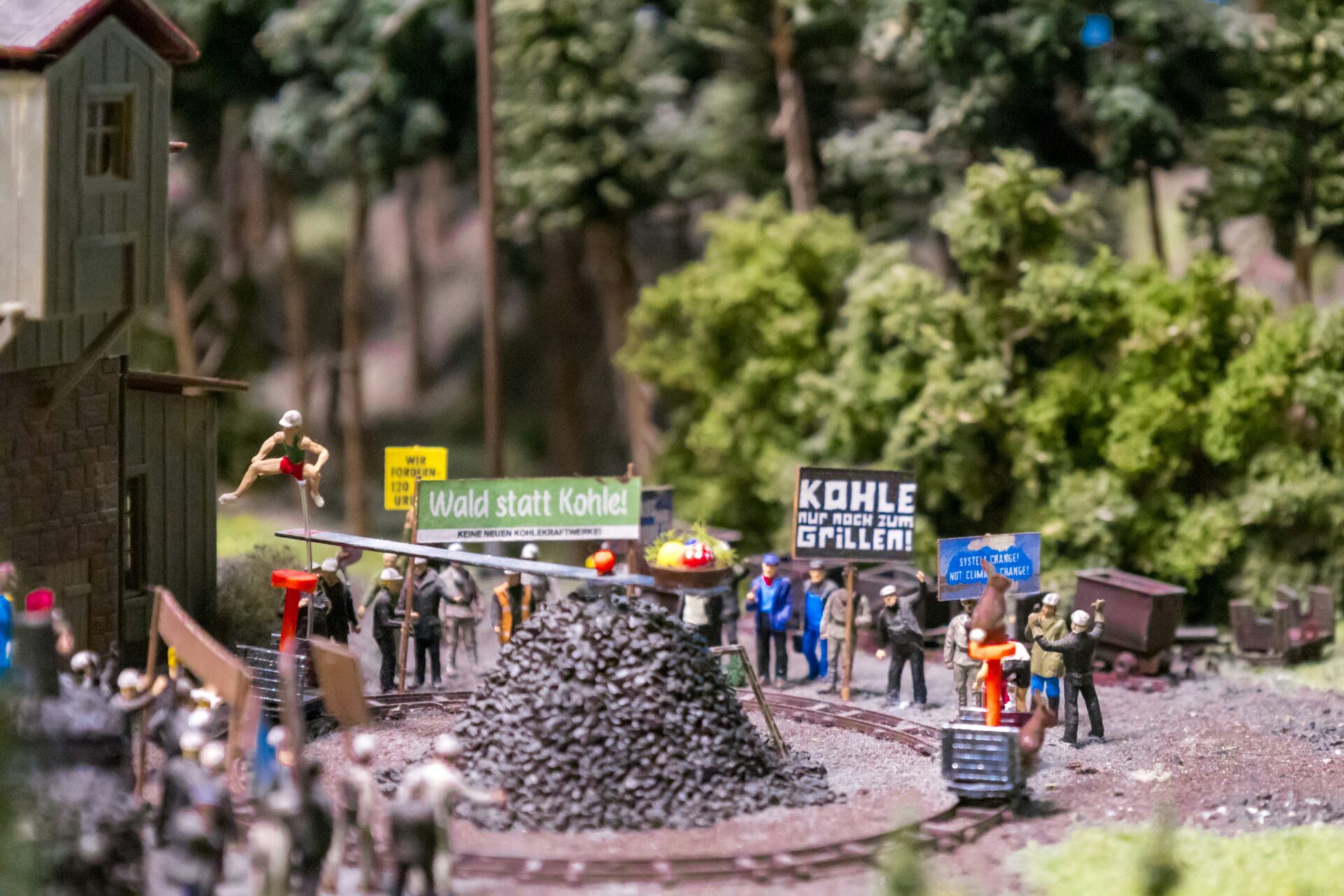
Miniature Stories and Hidden Secrets
Every scene at Miniatur Wunderland tells a story. I found it exciting to hunt for little secrets hidden in the displays. I spotted a wedding in a miniature church, a car accident handled by tiny emergency crews, and even someone sunbathing on a rooftop.
Many small figures are posed in interesting situations, from firefighters rescuing cats to people fishing by lakes. No two areas are the same, and it’s easy to spend ages just scanning the details.
The creators hid fun surprises—pop culture references, funny signs, and Easter eggs that only sharp-eyed guests will see. This level of attention kept me engaged and eager to look closer at every part of the miniature world.

Micro-Scale Engineering Marvels
The engineering behind the displays is just as impressive as the trains themselves. I spotted moving vehicles and working boats cruising along water, crossing bridges, and stopping at stations. Ferries carry miniature passengers across tiny rivers, showing off the technical skill involved.
The team reworked many model engines so they could run for long hours without breaking down. Vehicles and trains move with precise timing, thanks to digital control systems. Some scenes feature synchronized actions, like a miniature airport with planes taxiing and taking off.
Interactive features let me press buttons to start small events, like a firetruck extending its ladder or cranes loading cargo. Everything works in harmony, and it’s clear the creators really understand how things operate in the real world.
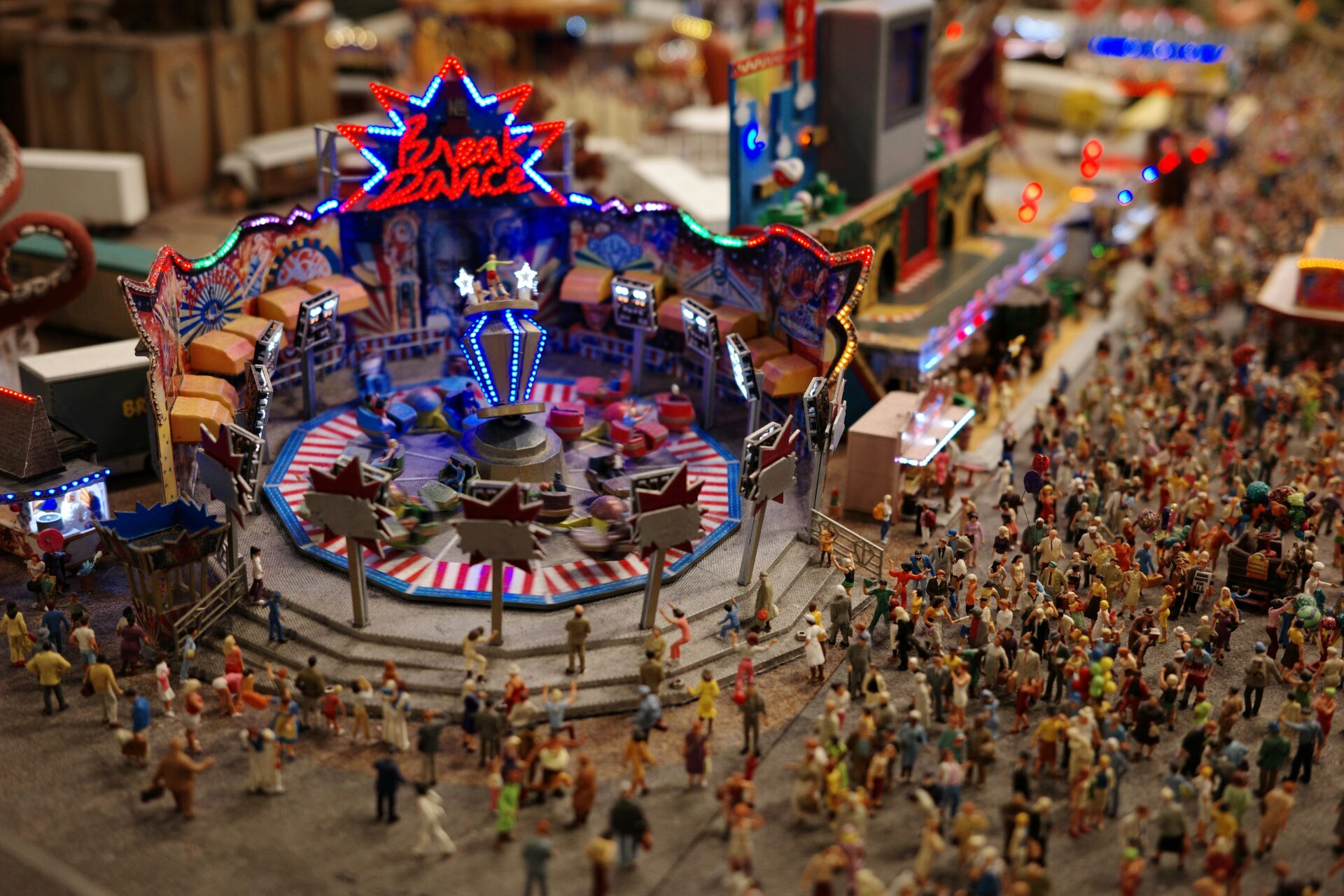
Essential Visiting Tips and Booking Advice
Getting the most out of Miniatur Wunderland does take some planning. Knowing when and how to book, picking the right time of day, and being smart with photos and video can make your visit much smoother.
How to Book in Advance
Miniatur Wunderland ranks as one of Hamburg’s most popular attractions, so I definitely recommend booking your ticket ahead of time. Buying online guarantees entry, saves you from long lines, and lets you pick your preferred time slot. You can reserve tickets easily through the official website and select the day and exact entry time.
Advance booking matters most during weekends, holidays, and school breaks. The number of visitors allowed inside at any time is limited for comfort and safety. If you just show up on a busy day, you might have to wait for hours or even miss out. I always lock in my spot well before my trip to Hamburg.
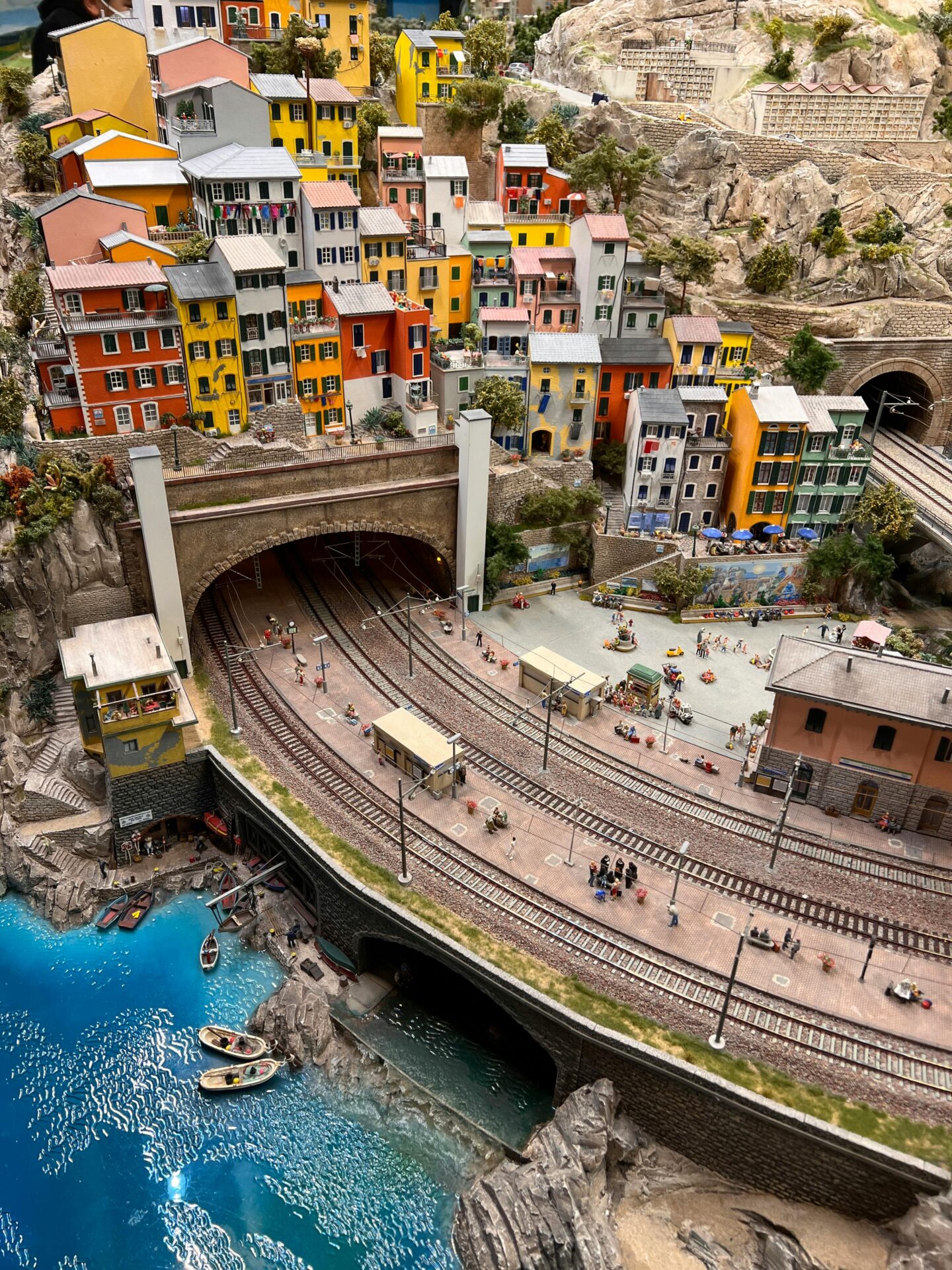
Choosing the Best Time Slot
Picking the right time to visit can make a big difference. I usually skip times when the weather’s bad—everyone heads indoors then. Summer days (except rainy ones) and weekday mornings tend to be less crowded.
Try to avoid rainy afternoons or weekends, when families and tour groups fill the place. If you want quieter scenes and shorter waits at interactive displays, grab the earliest time slot you can. Late evening slots can also be less busy.
In the off-season, midday sometimes works, but I still aim for the first or last slots if I want elbow room. I always check the online calendar before finalizing my visit to avoid the busiest times.
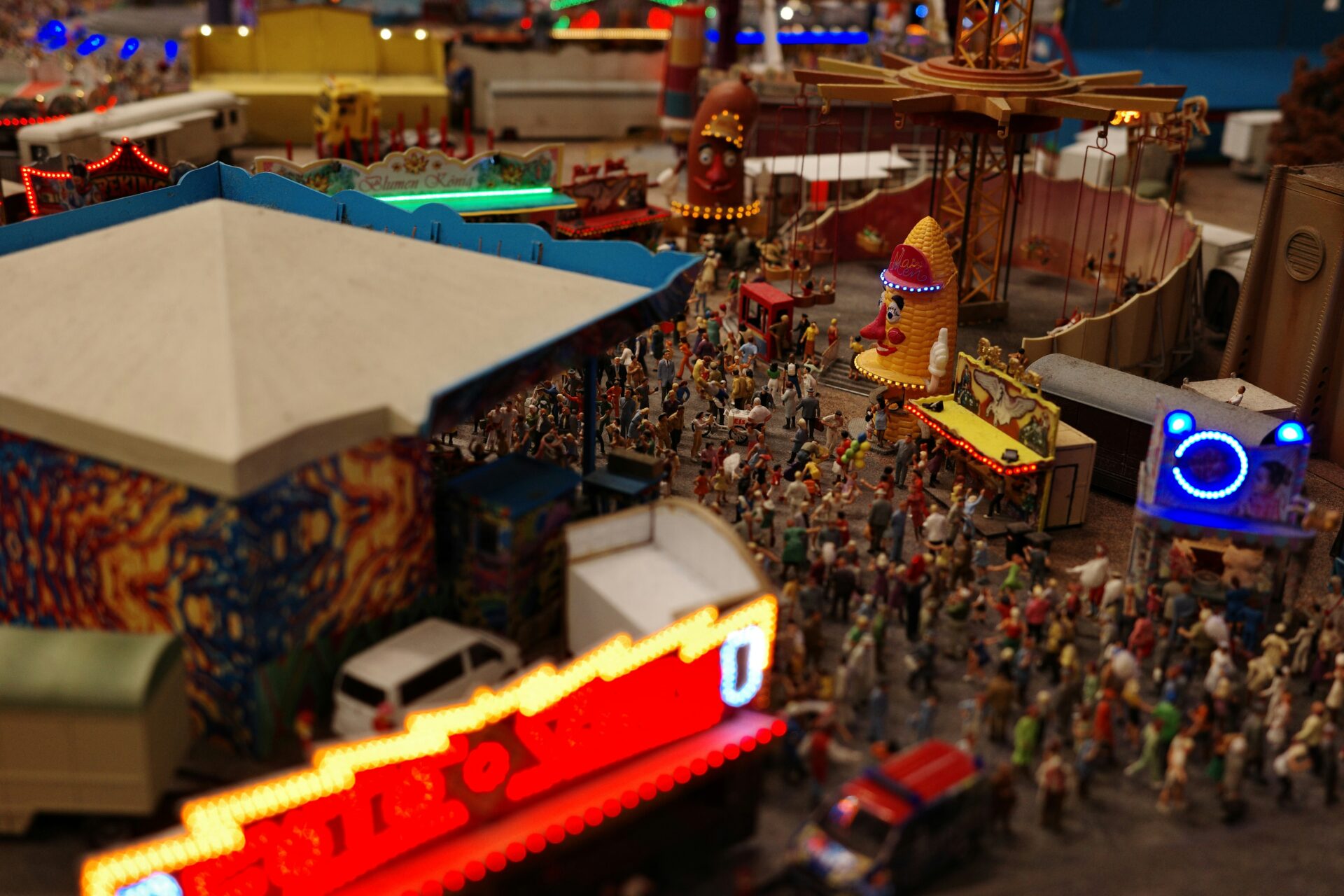
Maximizing Your Miniatur Wunderland Visit
Whenever I visit Miniatur Wunderland, I stick to a handful of simple tips that honestly make the whole experience way better.
First off, I always wear comfortable shoes—trust me, you’ll do a ton of walking.
I grab the free map at the entrance and sketch out a loose route. That way, I don’t accidentally skip over gems like the airport, Scandinavia, or those wild “night” displays.
I love hunting for the little interactive buttons scattered around. Pressing them triggers all sorts of quirky surprises in the dioramas.
Families with little ones, you’re in luck. Staff set out wooden step platforms so kids can actually see without needing to be hoisted up the whole time.
I usually block out at least three hours for my visit. There’s just so much more here than toy trains, and it’s easy to lose track of time.
Packing a bottle of water has saved me more than once, and I make a point to take quick breaks at the on-site café. It’s a nice spot to rest your feet.
If I start fading, I’ll sometimes head out for a meal—just ask for a hand stamp so you can breeze back in and catch whatever you missed.
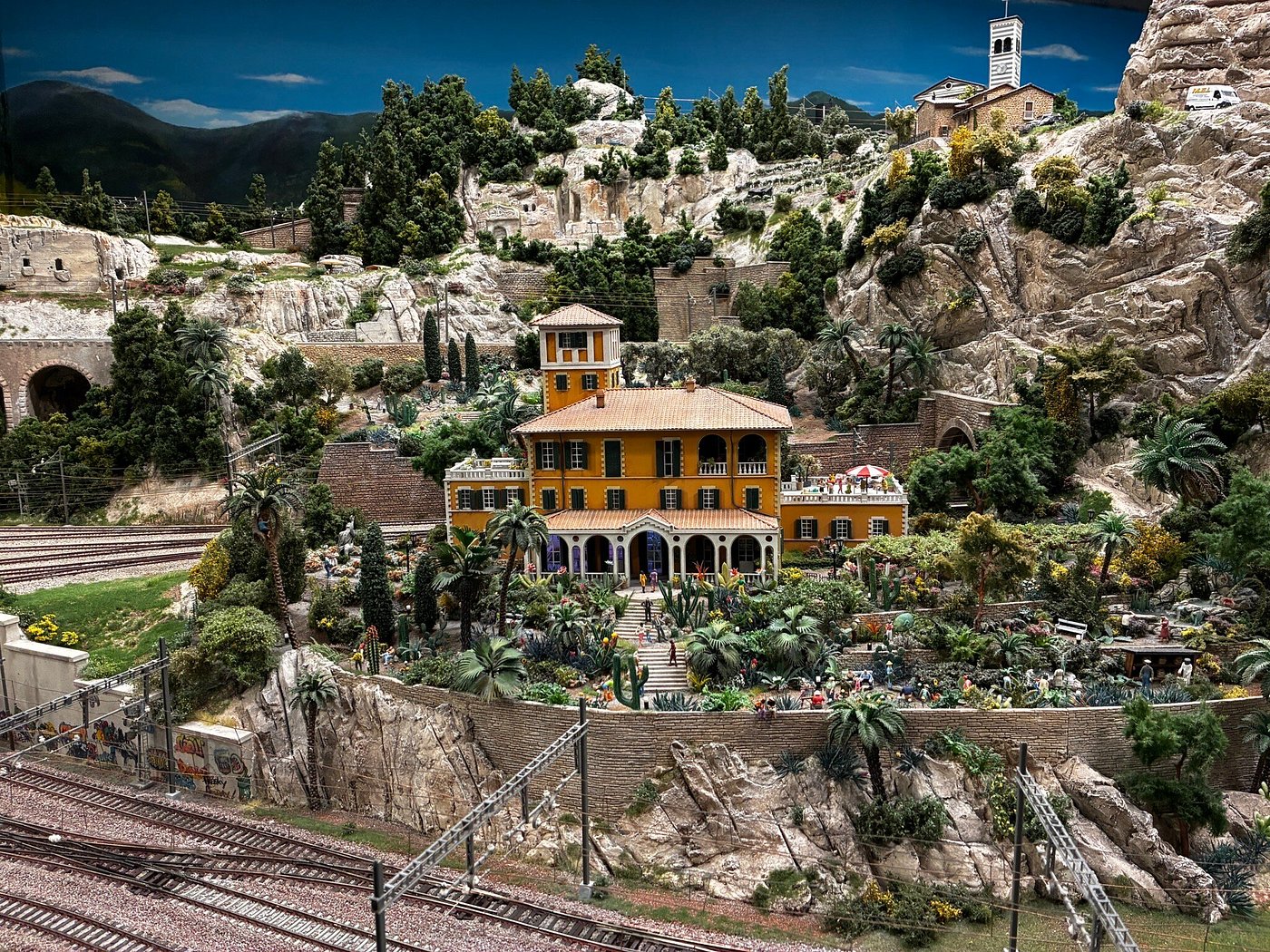
Capturing the Experience on Video
Photos are nice, but honestly, video just brings Miniatur Wunderland to life in a way still images can’t match. The trains zip by, city lights flicker, and the whole place shifts from day to night—it’s wild to watch on film.
I always bring a camera or a smartphone that handles low light pretty well. Short video clips, maybe 10 to 30 seconds, tend to capture the magic better than a long, shaky take. I usually hang around and wait for something to happen, like a plane taking off at Knuffingen Airport. There’s always something in motion if you’re patient.
Sometimes I use a tripod or a stabilizer, but I’m careful not to get in anyone’s way. Filming is fine for personal use, but I never use a flash or anything too bright—nobody wants to ruin the mood or damage the models.
Before I record longer clips, I double-check for any special rules in certain rooms. Better safe than sorry, right?

